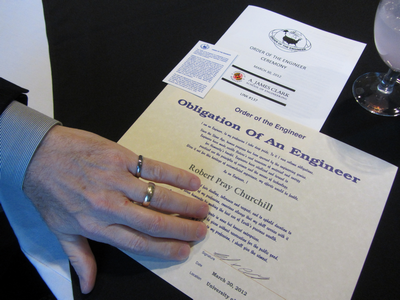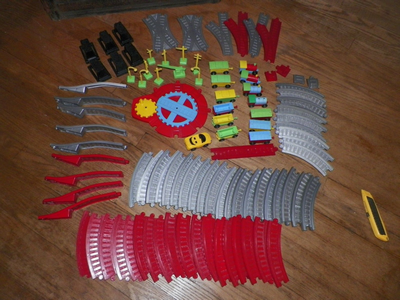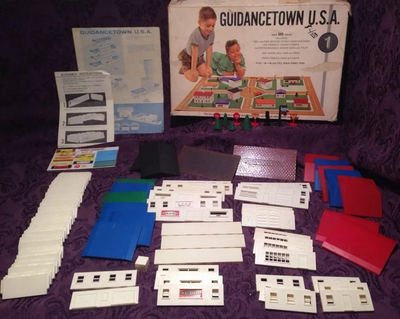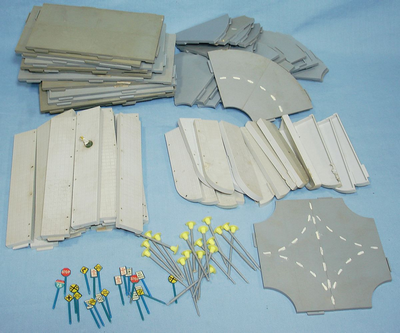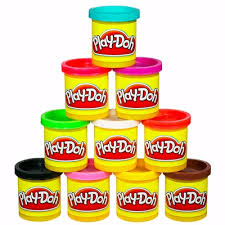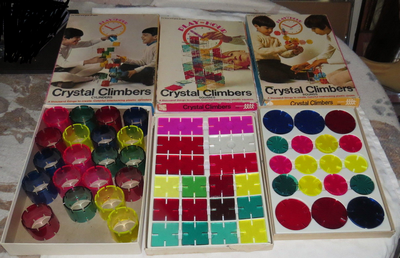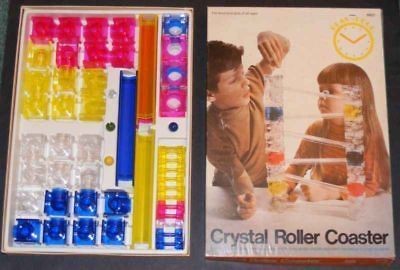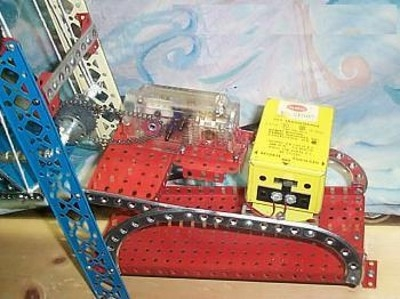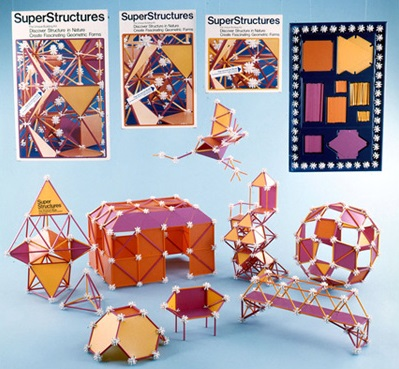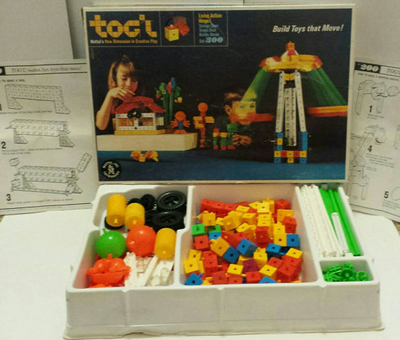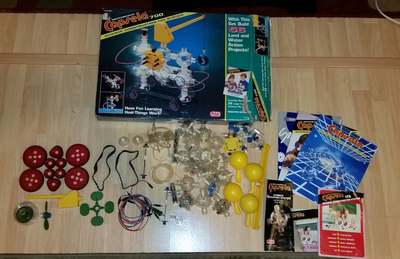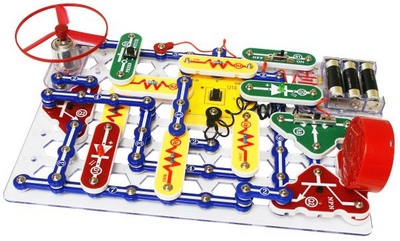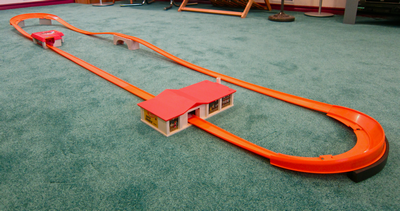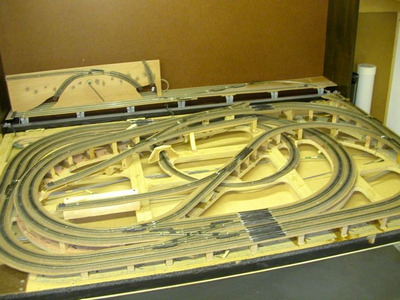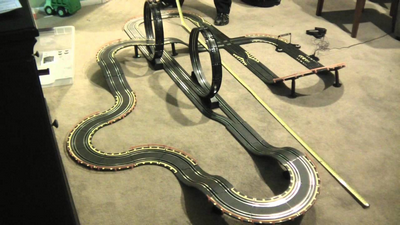The article below opened the Continuum section of the August, 1981 issue of Omni Magazine (page 35, 15 in the linked pdf). It’s interesting to me because I took third-semester physics from Dr. Eisenstein, who is mentioned early in the article. I read it about a week after he commented in class that when students get lost they tend to turn on their calculators and start fiddling with numbers, as if the calculators were going to help them solve their problem. In truth the numbers don’t tell you that much until you already have the correct solution in a logical sense. In beginning physics this usually meant having formulated an equation that correctly described the situation at hand.
I point this out because different technologies, organizational techniques, computer languages, application frameworks, and development stacks don’t help you much if you don’t understand the problem you’re trying to solve. You can write a really slick program in Python or C# that makes up for being ugly by being painful to use and not satisfying the customer, or you can write a program in any language that works smoothly and makes the customer happy. So which is the more important consideration, the tool or technique or how they’re applied to solve the customer’s problem? Which skill is harder to find, x months or years of y tool or z problems correctly analyzed and addressed?
I would never suggest that newer tools aren’t necessary or worthwhile; they can certainly do many things that older tools can’t, and they can often do the same things more efficiently. My favorite older tool, for example, is Borland C++ version 4.0. I’ve used it to create UI mockups/wireframes and multiple tools but it doesn’t provide native support for the center mouse wheel or processing XML files (though I’ve written my own code that does so). Newer tools and environments include many, many features intended to improve programmer speed and accuracy, support larger memory models, automate more features, and so on.
Doubtless I could make a number of additional observations about the musings of some of the thought leaders of 1981. On the one hand computing technology is far more pervasive than it ever was but on the other hand many of the problems, questions, and behaviors haven’t changed.
The text of the referenced article follows.
HACKER MENTALITY
That old image of the computer as the Great Dehumanizer is starting to fade. Little by little, people are beginning to form very personal bonds with these intelligent machines.
A large toy company recently received a pile or fan mail about one of its teaching toys, a microprocessor with an eight-track-tape cartridge setup packed in the body of a plastic robot. One woman who originally didn’t want her son to have the toy wrote, “I apologize for nearly denying my son the opportunity to befriend the robot because of my ‘prejudice.'” She went on: “I’m sure my son would rather have [the robot] help him with his schoolwork than have me help him.”
People with more technological savvy have gone even further off the deep end. Physicist Robert Eisenstein, of Carnegie-Mellon University in Pittsburgh, sees a peculiar kind of attachment to the most basic computer, the pocket calculator, among the bright undergraduates who take his physics courses. It amazes him how panic-stricken they get when they leave their calculators behind or when batteries go dead in the middle of a test. They seem lost, he says, and “feel they cannot function without this lollipop at their fingertips.”
If these small calculators may be seductive, the big ones – the megabrains – are devastating. Joseph Weizenbaum, professor of computer science at Massachusetts Institute of Technology, was the first to talk about the phenomenon of the “computer bum.” or the “compulsive programmer.” The term includes anyone who has a mania about working with computers to the point where he or she withdraws from the world to the fluorescent-lighted cloister of the on-campus computer center. Compulsive programmers may end up communicating with no one but the computer, taking a break now and then only to talk to other compulsives through the computer terminal.
Stanford University psychologist Philip Zimbardo knows the type. He calls them “computer addicts.” He believes their closeness to the computer can start early on, in schools where human teachers use electronic tutors as backups in the classroom. “Fascination with the computer becomes an addiction,” Zimbardo says, “and as with most addictions, the ‘substance’ that gets abused is human relationships.”
Any college or university with a computer center has its share of “computer jocks,” or “hackers.” “They may find it easier to relate to a machine, which is absolutely predictable, than to a person, who isn’t,” suggests Charles Rose, chairman of computer engineering and science at Case Western Reserve University in Cleveland. In one case. Rose had to recommend counseling for a student who tried to escape family problems by spending most of his time with a machine.
Not all of us have trouble at home. Why are we getting so close to these machines? Psychologist Zimbardo sees these electronic friendships as indicators of a greater social trend. More and more people, he says, have a kind of hacker mentality, putting machines— putting anything — before the needs of other people. More basic than the hacker mentality is the special allure of the computer. As one computer-science graduate student put it, “They’re very sexy, almost too fascinating. When you use them, you have to back off now and then.” For the programmer, the lure is power. He is “a creator of universes for which he alone is the lawgiver,” explains MIT’s Weizenbaum. “No playwright, no stage director, no emperor, however powerful, has ever exercised such absolute authority.”
Right now, moving through our elementary and high schools, there are the children who could be called the computer generation. Having grown up with computers, they may be immune to their sex appeal, but they may adjust in their own way. Futurist Peter Schwartz, of the Stanford Research Institute, in California, predicts that years of interacting with computers will actually change how those children think. They will, he believes, regard abstract concepts, more palatable to a computer, above the world of the concrete. A computer mind-set would also value logic skills and prefer man-made to natural or organic things. And since computers function in a realm where logic, order, and predictability are the norm, they may also leave the computer generation unprepared to cope with the world outside computer circuits; life does not follow such a neat, preplanned program.
If this happens, what will result? A generation ultimately disappointed and disillusioned by what the computer has taught them? As Eisenstein points out, “There’s a tendency for people to put blind faith in devices like that, and I think one of the reasons we’re in trouble today is that we blindly trust in technology’s ability to solve all our problems.” —DOUGLAS COLLIGAN

